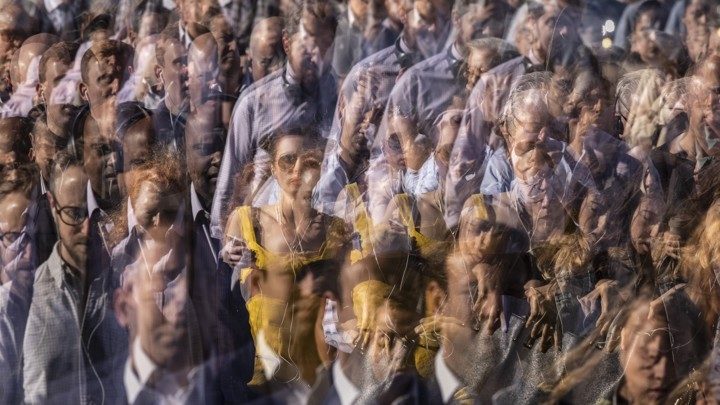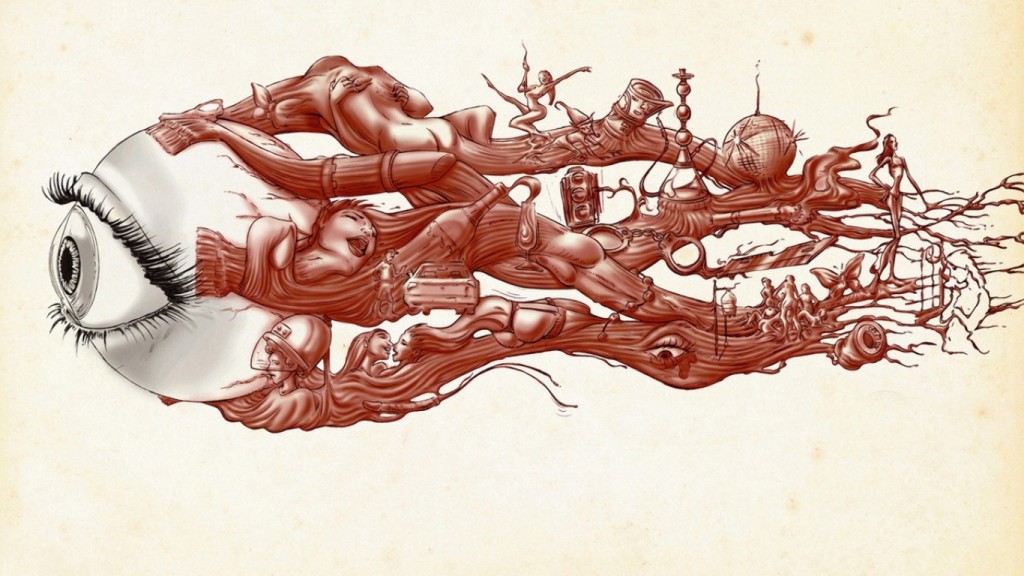
:max_bytes(150000):strip_icc()/168582909-56a09c5e3df78cafdaa33834.jpg)
Nonpsychotic hallucinations are thus not a rare phenomenon.

(5) examined the association between the content of auditory hallucinations and diagnostic categories in 62 nonpsychotic children seen during a 2-month period in a psychiatric emergency service. Three and one-half decades later, Edelsohn et al. The psychodynamic content of the hallucination was understood in terms of the child’s own conflicts and the family psychopathology. They found a pattern of developmental difficulties, social and emotional deprivation, parents whose own pathology promoted a breakdown in the child’s sense of reality, poor boundaries, and cultural and environmental beliefs in mysticism. Wilking and Paoli (4) described their experience with 42 children with nonpsychotic hallucinations who were seen at the Harlem Hospital Clinic. In children with nonpsychotic hallucinations, the following symptoms of psychosis are absent: delusional beliefs, disturbed language production, decreased motor activity, signs of incongruous mood, bizarre behavior, and social withdrawal. Accordingly, Garralda’s concept (3) of nonpsychotic hallucinations in children is used in this article. DSM-IV-TR does not address the clinical phenomenon of nonpsychotic hallucinations in children. Other definitions include the positive symptoms of schizophrenia such as disorganized speech, disorganized or catatonic behavior, loss of ego boundaries, and impaired reality testing. The term “psychosis” has had numerous definitions, the narrowest being delusions or prominent hallucinations in the absence of insight (DSM-IV-TR). An eidetic image or an imaginary friend is classified in the K-SADS as a “hallucination-like phenomenon.” Hallucinations are further categorized as 1) nondiagnostic auditory hallucinations that, in adults, have little psychopathological importance, such as hearing footsteps, knocking, or one’s name and 2) “diagnostic auditory hallucinations include experiences of hearing one or more voices saying at least one word other than one’s own name.” For example, there must be clear consciousness, thus eliminating febrile, delirious states or the influence of psychoactive substances. In the Schedule for Affective Disorders and Schizophrenia for School-Age Children, Present Episode Version (K-SADS) (2), additional parameters regarding hallucinations are specified. Hallucinations can be defined as perceptions in the absence of identifiable external stimuli, excluding eidetic images and imaginary companions. The first clinical task in evaluating children and adolescents is to sort out the most serious and worrisome hallucinations from those that are less pathological. In children, however, hallucinations can be part of normal development or can be associated with nonpsychotic psychopathology, psychosocial adversity, or a physical illness (1).

Hallucinations, particularly as described in the adult psychiatric literature, have been viewed as synonymous with psychosis and as harbingers of serious psychopathology. Should the hallucinations in these children be equated with psychosis? What is the differential diagnosis of hallucinations in children, and what is the prognosis for children with hallucinations? What interventions are indicated in the psychiatric emergency service for children who present with hallucinations? Her mother said that the girl is also hyperactive and restless at school. She admitted that she has tactile hallucinations and obsessive thoughts of cleanliness. The patient appeared to be anxious and to have poor control of her behavior and low tolerance for frustration. The mother, the patient, and a 12-year-old sister have been living in a shelter. A 7-year-old girl who was evaluated 2 days earlier at a children"s hospital and medically cleared was brought to the psychiatric emergency service by her mother, who reported that her daughter claims to feel bugs and mice crawling over her and that during those episodes she screams and is inconsolable. He admitted to having an explosive temper when “people mess with me,” and he said that he sometimes “goes crazy.” He said that he often thinks of his deceased grandmother.

The emergency service intake worker reported that the boy claimed to hear voices that tell him to do bad things and claimed to see ghosts. of oral methylphenidate, which was prescribed by a primary care doctor. He was reported to have recently kicked his pregnant sister and vandalized the house of a neighbor he dislikes. His mother described him as disrespectful to her and other adults with episodes of cursing and screaming that last for hours. A 9-year-old boy with escalating behavioral problems was brought to a psychiatric emergency service.


 0 kommentar(er)
0 kommentar(er)
